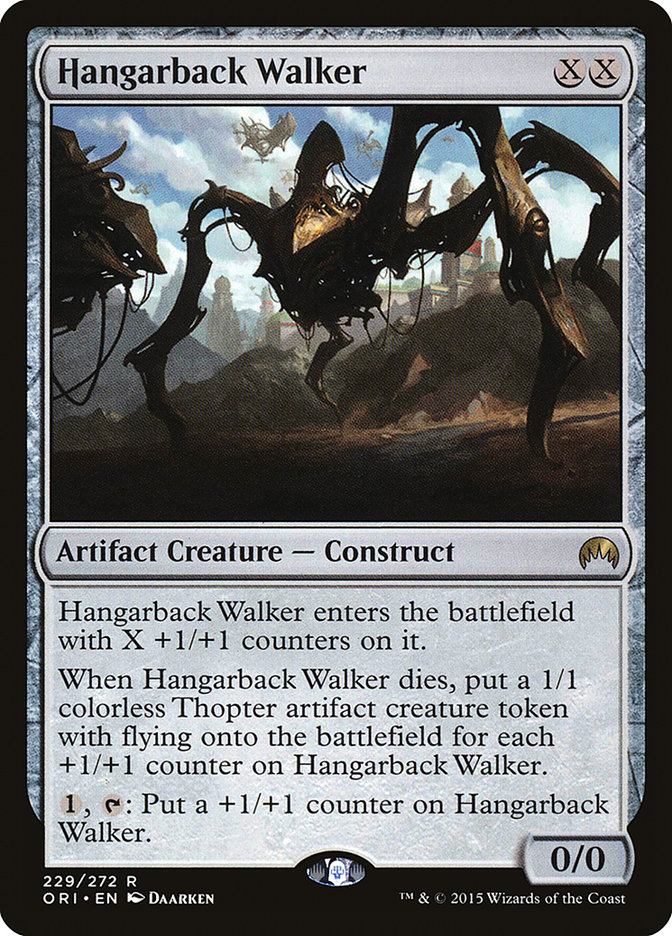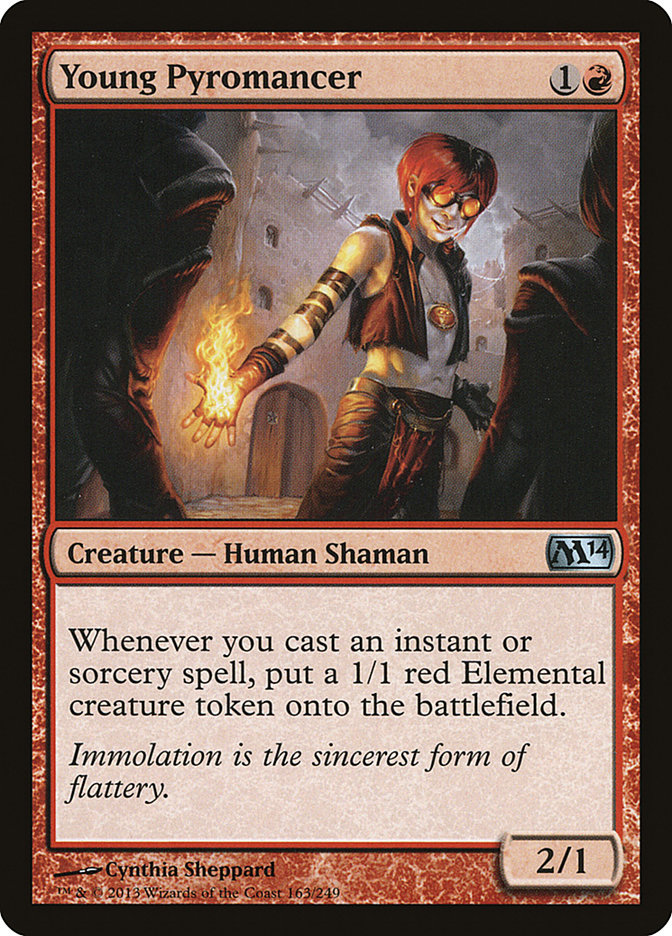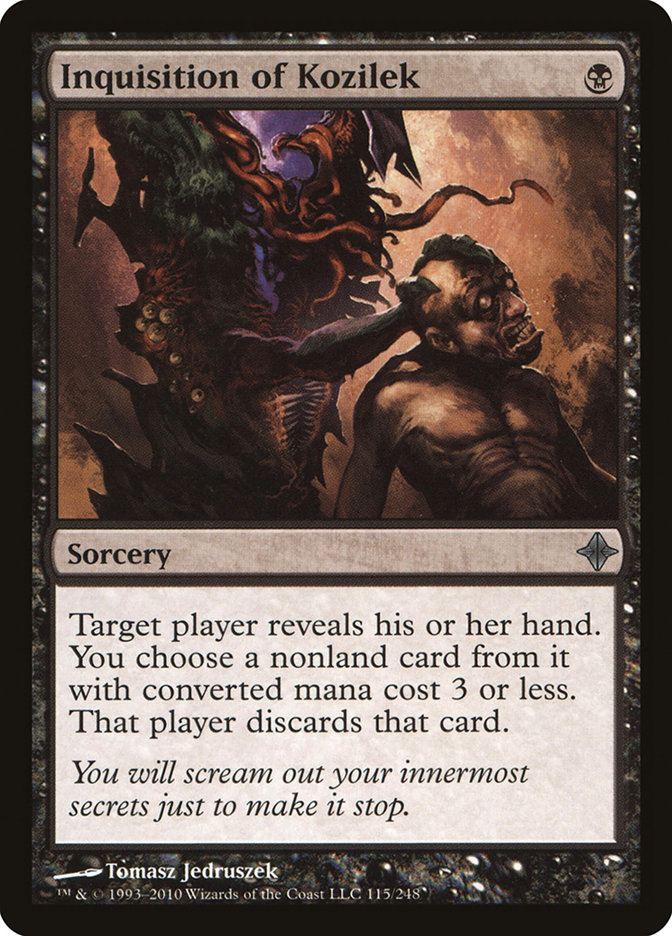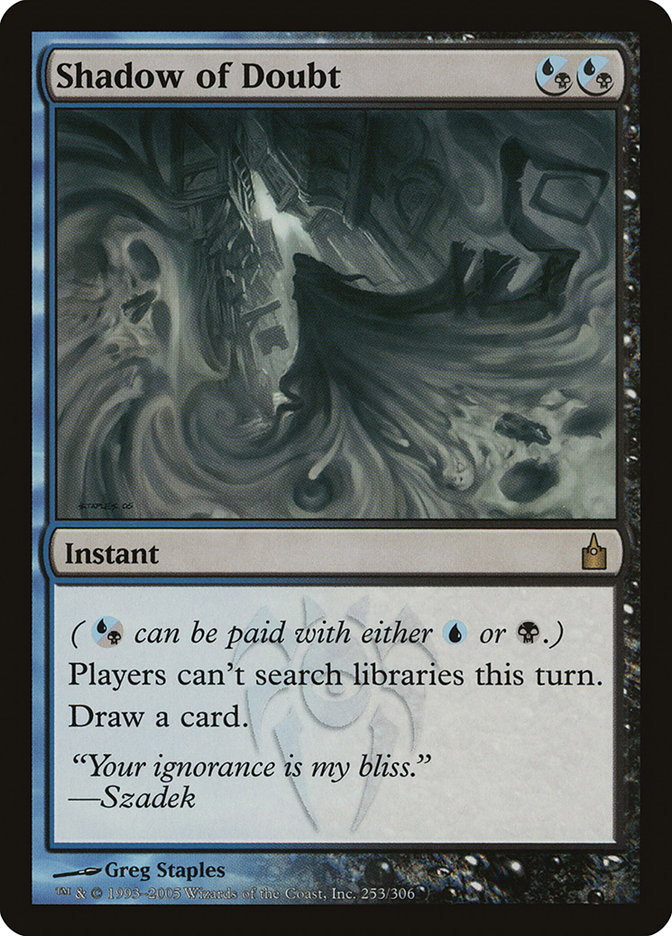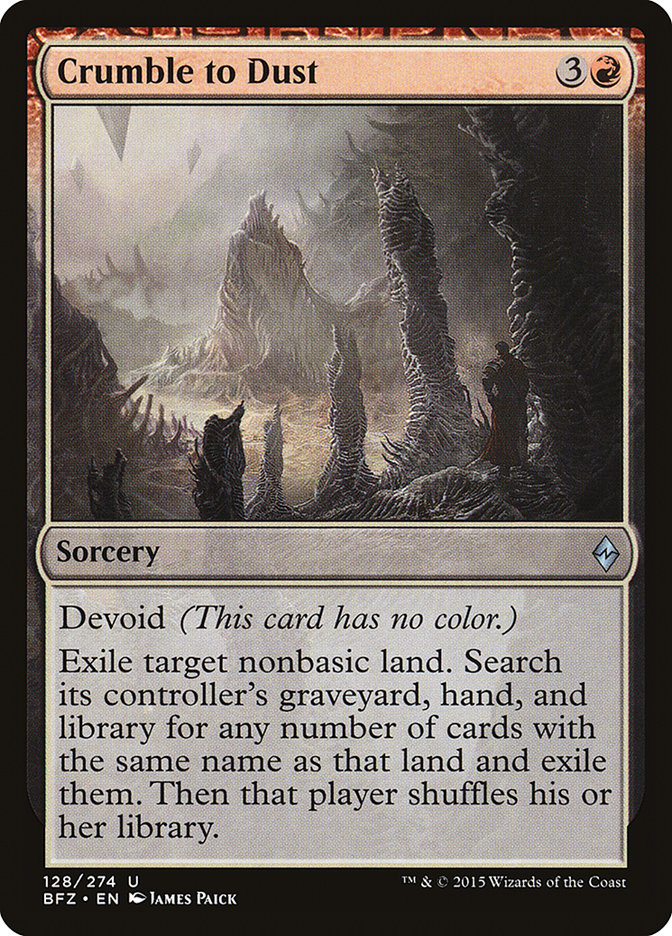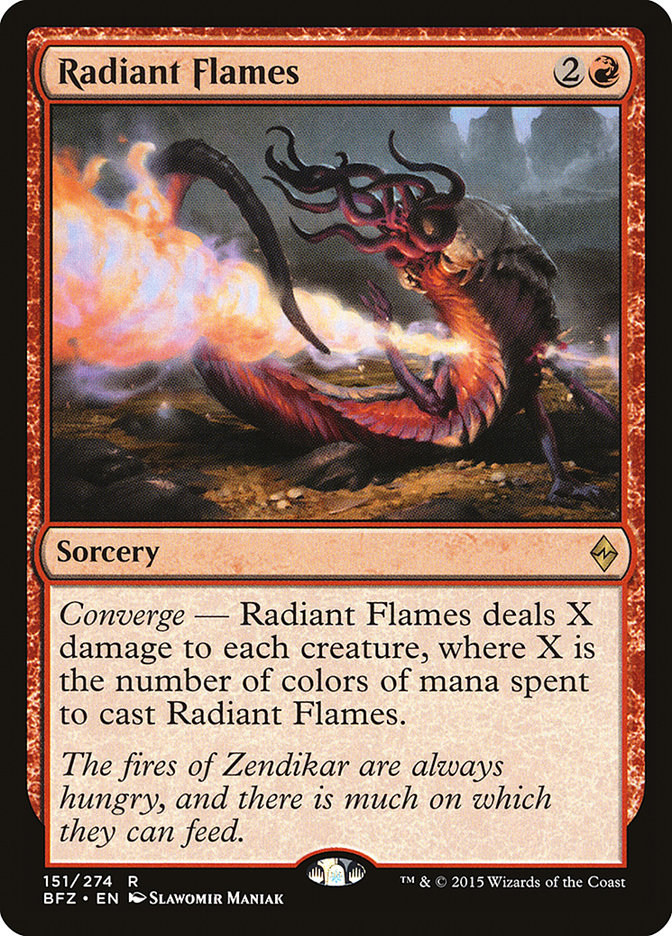The SCG State Championships are among us, and I want to do better than my previous outings, where I Top 32’d Standard and Top 4’d Modern.
Any time I’ve done well in tournaments, I actually gave myself more credit than I usually let myself. This time, however, I know exactly what I want to be doing… and the only person that can tell me otherwise is myself.
Back then, I leaned on the raw power of Stormbreath Dragon and the speed of Goblin Guide and Monastery Swiftspear. I had much more confidence in my Modern deck choice than I did in Standard, but I’ve always been more confident in Modern as a format. I don’t know what it is, but I’ve always had a better grasp of how the Modern format works and how to pick my spots within the format. For this season’s States, I want to remain proactive.
Any time I’ve done well in a tournament, it was because I (for the most part) did my own thing and listened to players that both understood my strengths as a player and had a mutual desire to see those around them succeed. Contrary to popular belief, the least effective way of getting better is by relegating everything in a field of right and wrong. If Magic were that simple, then us non-robots wouldn’t have a chance in tournaments.
Binaries are what grind competitive Magic players to a halt. They are what cause players to never fully realize their potential. They’re what cause players to put everything in their own proverbial jar, never to be spoken about outside of the context of what they allows themselves to think. They are what causes Reddit threads to be positioned in a way that forces everyone to either pick a side or be eaten by a Dragonlord Atarka.
But who can blame them? Everyone wants to be the best, so when something doesn’t line up with that particular person’s way of thinking we’re trained to think: “Wrong!” and nothing else. No one likes being wrong, even if it’s the best way to figure out how to be right.
So it doesn’t make much sense to me how I, personally, could surround myself with anyone but the players that understand my capabilities as much as I understand theirs. Even if there are players that may be better than the ones I’m around, they may not be as cohesive to my progression as others and I’m just as vital to theirs in return.
In short: Right and wrong only goes as far as those involved’s willingness to consider factors outside of their understanding, and should be taken with a grain of salt in any instance when that willingness isn’t clear.
With all of this being said, we move onto Modern, where I’m most comfortable.
I’ve generally looked to play aggressively-slanted decks in Modern, mostly because Modern is not a format where you can afford to mess around too much. You want to hit the ground running, do something busted, and/or find a way to turn the corner on a dime. The other important, often overlooked aspect of Modern is to not be so afraid of what could happen. Too often I see players build around worst-case scenarios from anticipated opposition, taking away from not only their deck’s identity and structure but from the player’s as well. If you’re a Splinter Twin specialist and you tend to be more aggressive with your Splinter Twins, the printing of Harbinger of the Tides should not be something that causes you to shift your deckbuilding plan entirely. Modern is a format that rewards honing your skills as a player, and translating those skills to a deck or decks that build off of them.
Recently I’ve been a big fan of blue-based midrange decks, mostly because of how easy it is to take a ball and get it rolling even more than in the big tempo decks in the format. Playing eight Snapcaster Mages is also a big deal.
These are the two cards I always want to build around, and finding a more aggressively-slanted shell isn’t as difficult as most would think. Most players think that Jace simply doesn’t work well with counterspells, but I don’t think that’s set in stone. This isn’t to say that you should jam the same amount of counterspells as you always do, but if your countermagic is doing other things or if you’re utilizing Jace a bit differently then you won’t have as much of an issue.
Creatures (12)
Lands (23)
Spells (25)

I know what you’re thinking: How am I playing a Grixis Control deck when I just said I wanted to be proactive? Well, proactivity doesn’t necessarily only mean linearity or aggression as many would want you to believe. This deck does things every turn, and every single thing it does helps to promote maximizing every advantage it can get. This is one of my two deck choices going in, and I doubt I’m going to change too much, but it’s essentially what most Grixis Control decks have been doing lately. There has generally been about two flex spots for creatures, and I went with Hangarback Walker here for a few reasons. It’s a colorless blocker against Affinity, which is important against Etched Champion. It’s a blocker against Tarmogoyf, a card that can easily run away with the game against you. It semi-synergizes with Kolaghan’s Command in very context-heavy ways, such as blocking multiple fliers or needing to clock your opponent in the air or returning it to your hand and re-revving the engine when it dies. It’s solid flood insurance, something that this deck used to struggle with pretty hard. There aren’t a ton of exile effects right now, further boosting its stock. There are also some pretty corner-case tricks you can do with it, such as casting it for zero to push an early Gurmag Angler or Tasigur, the Golden Fang, but those cases are perks more than justifications.
Of course, you’re still going to suffer some side effects from playing Hangarback Walker as the card isn’t perfect. You aren’t going to have the same rewarding snowball effect you would get out of a Young Pyromancer, though you have to adjust your deckbuilding to accommodate Young Pyromancer more than Hangarback Walker to a point where you simply may not have enough room to support the Pyromancer and all the spells you might want. You have to eschew Anger of the Gods out of your sideboard, which is pretty effective against the lot of B/G-based Collected Company decks (yes, they still exist), so Radiant Flames is the next-best option, and it’s consequently easier to cast. You’re also still casting a two-mana 1/1 a large amount of the time, which is thoroughly unimpressive, especially when your mana is tied up for multiple turns thereafter. Because of this, in addition to the nature of the deck, you want to keep your curve super-low and make your business cards as high-impact as possible. This cuts out Cryptic Command immediately despite it being super powerful.
I’m going with the 3/0 split between Kolaghan’s Command and Electrolyze because Affinity is a bit more popular than usual in my area, but also because of the aforementioned synergy between it and almost every creature in the deck. There isn’t much that Electrolyze can do that I can’t make happen with Kolaghan’s Command, and if there is, I can likely cover it with another card.
Inquisition of Kozilek is mostly better than Thoughtseize unless you’re expecting a lot of big-mana combo decks or really care about hitting Splinter Twin. The format has gotten much more aggressive as well, so not only does the two life matter, it’s often the difference between being in the game and flat-out losing, especially when decks like Merfolk and Zoo are already strong against you in game one. Remand is in the same camp as most of the other counterspells, but is less pronounced because of how the structure of the deck almost forces you to play minimal counterspells. You still want some number of Remands because you need ways to push the advantage once you gain it as well as instant-speed ways of not falling behind too early. Mana Leak is fine, but drawing a card is better.
Shadow of Doubt is better than the third Remand for sure, but sometimes you also want to just cycle… and bricking a fetchland, Sylvan Scrying, Expedition Map, Primeval Titan, or other search effect is well worth it. Think Twice is also an option, but I’d rather have the utility since we have so much card draw already. I’m also of the firm belief that in decks like this you’re going to want these types of spells to take advantage of how much access to these powerful options Snapcaster Mage and Jace give you. You’re going to wind up seeing many more spells than other decks would, so you want to have as many options as possible off of your recursion effects.
The removal is a bit tricky to set up. It’s easy to just jam four Terminates and call it a day, but that’s also an easy way to get bodied by any two-for-one. Murderous Cut is going to cost us some early points of damage against pure aggression and it’s pretty soft to Remand, but leaving up one mana against Jund decks (or just two mana for your Hangarback Walker and a Cut) is the goal when it comes to pure efficiency. That it can’t blunt early aggression is still not as bad as the four-ish life you’d have to pay for Dismember, but there is a chance it still makes the cut eventually. Currently, I’d rather Delve than pay life. If I end up moving away from Thought Scour then Dismember’s case is much stronger, but that doesn’t look like it’s going to happen right now. Slaughter Pact is in a similar vein, but primarily is a glorified discard spell for specifically Splinter Twin. I don’t mind this exchange as I feel that I’m already pretty decent at putting Twin decks in a position where they have to go for it, so I’m okay with taking a resource hit on my turn. Usually I can do something with excess mana thereafter, like, say, pump a Hangarback Walker!
As for the sideboard, many of the cards are self-explanatory, but there are some things worth noting. Rakdos Charm isn’t exactly the dream card against Splinter Twin, but as per the theme of the deck I wanted more options over pure power. Blood Moon and Crumble to Dust are present in low numbers, but I just want contingency plans against key problem opponents rather than an entire separate plan. I don’t mind having a weaker matchup against Amulet Bloom than I could if I happen to run into it, as there actually isn’t much of it up here so the extra sideboard slots are better spent elsewhere. Crumble to Dust is in a similar vein as Blood Moon against G/R Tron, but again, I’m not really looking to target those decks specifically so their numbers are on the low side. Dispel is the reason why I’m not running back Burn, as I firmly believe that it’s the best card against it. When the best card against the Burn deck doesn’t even gain life, I don’t want anything to do with the Burn deck. This isn’t to say that Burn isn’t good, but I’m just not really looking to fight through those sideboard games.
Radiant Flames has already been discussed earlier, but here it is easier to cast for RBU instead of 1RR and that takes a huge weight off your manabase’s shoulders. There will be small percentages lost here and there because we could otherwise gain Anger of the Gods’ exile clause, but I think that’s okay. The next alternative option in line is Damnation or Languish, but there aren’t very many large creatures I really want to take care of. It is worth mentioning that Zoo can have potential Dromoka’s Commands against you… but again, these corner cases or specific blowouts aren’t really worth building around, especially in Modern. The single Thoughtseize is going to come in a lot less often than many might think, but I only really want to have it against combo decks, Zoo, and Merfolk. Why Zoo and Merfolk? Because it’s pretty crucial not to get beat up by early aggressive creatures, and hitting something like Aether Vial, Wild Nacatl, Ghor-Clan Rampager, or Loxodon Smiter (just kidding) is huge. Engineered Explosives isn’t actually very strong right now, but much as with both Blood Moon and Crumble to Dust, I want a contingency plan against decks like Elves. That it has an overlap against Merfolk is great too, but that’s a side benefit rather than a primary effect.
One of the biggest things to understand when sideboarding with this deck is how to sideboard with fluidity rather than the awful static in-and-out list-style nature that we’re all accustomed to seeing and practicing. I don’t think I’ve sideboarded the same way twice since I started playing this deck, even as I’ve run into the same decks. Utilize every option you have, and be prepared to adjust your plans when it feels appropriate. There are obvious things to do, sweepers against aggressive creature decks, etc. But akin to what was talked about earlier, don’t be afraid of sideboarding in ways that you feel works better. The sideboard is designed to maximize exactly that, so take full advantage of it.
My Top Four finish last year was great and all, but I think I can do better. Modern is easily my best format, and I think that my deck is much better for this tournament than my deck was last year as are my understanding of the format and my likely opposition. Nothing is guaranteed though, and I’m certainly in line for more practice and preparation… but I think the deck is good enough to win, I just need to keep up with it.




